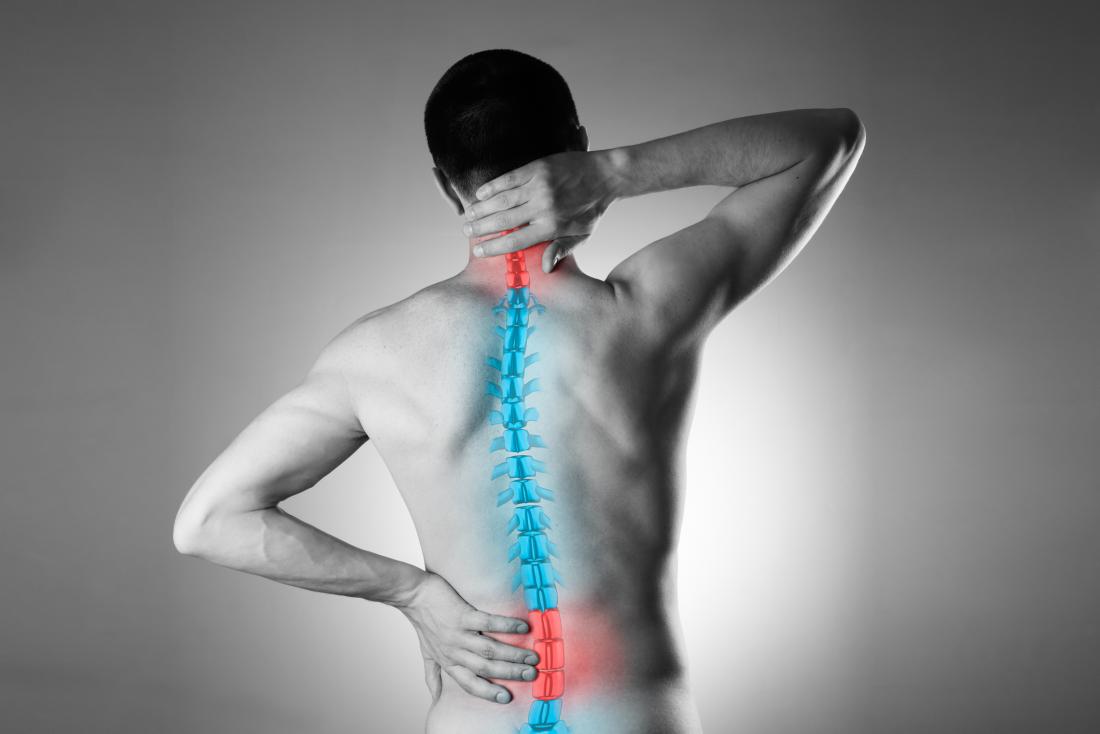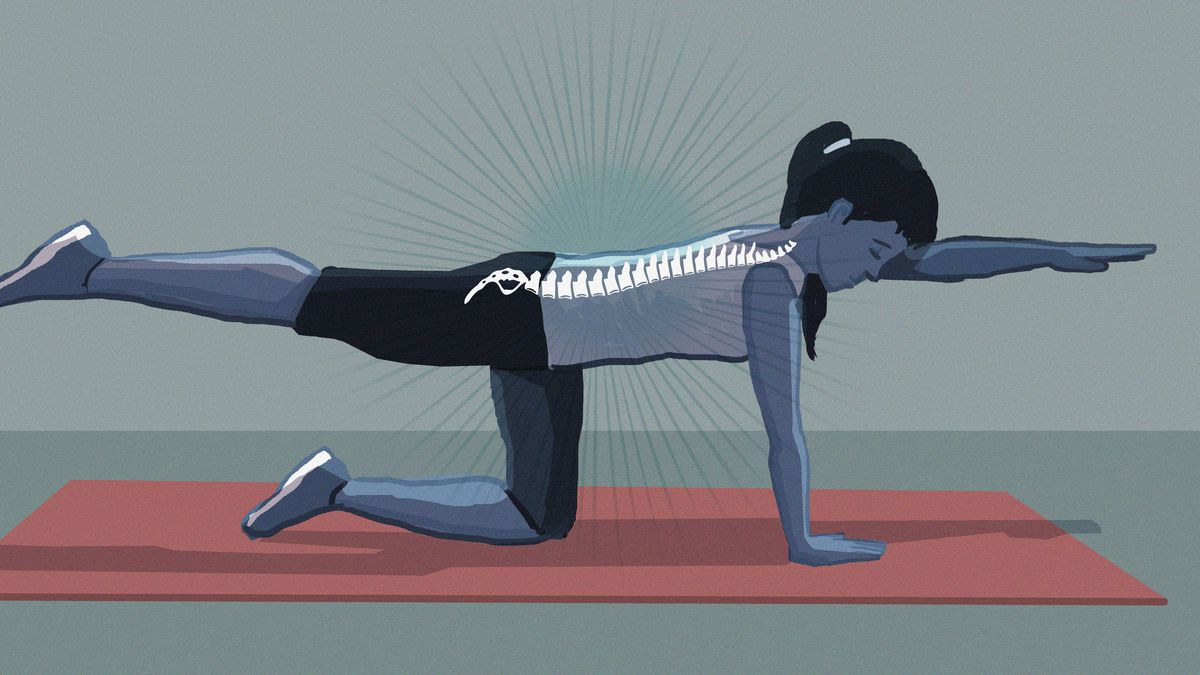Q. I suddenly developed low back pain for the first time. My doctor said I did not need an x-ray or other imaging test. Is that normal, and are there any situations when a test would be needed? A. Yes, your doctor is following the current guidelines. Unless you have other symptoms in addition to low back pain, an x-ray, CT scan, or MRI is not likely to be helpful. But it could cause unnecessary worry while waiting for the results and cost you some money if your health insurance does not cover it. In addition, many people have “false-positive” results in which an abnormality is detected but turns out to be harmless.

Back pain is widespread. Most people have at least one serious bout at some point in their lives. More often than not, the exact reason for the pain is never identified, and most of the time, the pain gets better on its own. There are exceptions. Someone with back pain with certain “red flag” symptoms should have an imaging test right away. For example:
A fever may signal an infection.
- Back pain in someone with cancer might mean a recurrence.
- Pain that wakes you up at night could indicate a more serious problem.
- Back pain after an injury may indicate a fracture.
- Leg weakness or an inability to control bladder or bowel function may be caused by spinal cord compression.
If you suffer lower back pain, you are not on your own. Nearly all adults at some point in their lives will probably experience this condition that interferes with their work, e.g., there is a high incidence of lumbar pain in drivers, everyday activities, sports (e.g., lumbar pain in golfers), or hobbies. Lower back pain or sciatica is considered the most common cause of job-related disability and the highest contributor to absenteeism in the western world. For example, it is second to headaches as the most common neurological ailment in the United
States. Generally, most occurrences of lower back pain or lumbar pain subside after a few days. However, some instances may take much longer to resolve or very occasionally lead to more serious conditions. Short-term pain (Acute) generally lasts from a few days to a few weeks, and this condition tends to be mechanical in nature, the consequence of trauma to the lower back or a condition such as arthritis. Back pain from trauma may be caused by an injury sustained through sports activity, household jobs, or working in the garden.
Sometimes, sudden jarring from a minor fall or other stress on the lower backbones and tissues could be the root cause of low lumbar pain or sciatica. Symptoms of lumbar pain may range from aching muscles to shooting or sharp stabbing pain, limited flexibility and/or range of motion, or an inability to stand straight. Sometimes, the pain felt in one part of the body may stem from a disorder or injury incurred in other parts. Very occasionally, acute low back pain syndromes could become more serious if untreated. Definitions of what period or duration constitutes chronic back pain vary, but a pain that persists for over 12 weeks would generally be described as chronic.
Often the initial cause of the back problem is not known, and this condition can sometimes be progressive. The good news is that the vast majority of occurrences can be treated without surgery. Back pain treatments include analgesics to reduce inflammation, restoring proper mobility and strength to the back, a variety of back pain products and therapies, and strategies for avoiding the recurrence of the injury.
Usually, patients suffering from lumbar pain recover fully and don’t incur a continuing loss of functionality. It’s advisable to contact your GP if there is no improvement or reduction in back pain and inflammation after 3 days. There is a plethora of exercises, medication, or therapy products and gadgets available to sufferers, designed to provide relief, prevention, or both.
Although some of these back pain products (such as Magnatherapy or aromatherapy) would be described as ‘alternative’ or pseudoscientific, i.e., they have few empirically or scientifically proven benefits; many are developed through the application of sound medical principle and theory. It’s worthwhile asking your GP for recommendations on any therapies, as well as making sure that the cause is not more serious.
Back pain therapy devices PGAT devices
Inversion Tables
Inversion is a natural form of passive gravity-assisted traction (PGAT) that uses the patient’s body weight in conjunction with gravity to decompress weight-bearing joints. While the patient is rotated and suspended, gravity effectively creates traction, resulting in a customized stretch that extends the spine from the sacroiliac to the cervical joints of the neck, increasing the space between the vertebrae, which relieves the pressure on the discs and nerve roots. By reducing this pressure, there is less interference with the spinal nerves,
Thus reducing lower lumbar pain. Inversion is considered to be an effective therapy. This is typically performed on what’s called an inversion table. The table allows you to lie on your back relaxed, in an inverted position. This position eliminates some or all gravitational compression, depending upon how far back you position your body. Inversion therapy relieves back pain, and it works even better when it’s part of a well-rounded therapy plan that addresses the specific muscle imbalances you have. But even by itself, it is highly effective. A recent study done at Newcastle University found that over 70% of patients who performed inversion therapy could cancel their scheduled back surgeries.
CPM Mobilisers
Back life
Back life is designed to apply a Continuous Passive Movement (CPM) to the lower back pain sufferer, similar to how a healthcare professional would help relieve pressure between the vertebrae and his back pain therapy. Therefore, relieve pain in the lumbar region. To apply CPM, the user would lie on the floor, bending their knees over the upper section of the machine. As the upper section moves, it gently circularly rotates the pelvis, allowing the joints to move whilst the joints remain relaxed. The advertised benefits of Back life for pain relief are that it reduces the stress and pressure on the lower back, restores mobility, and improves stability. In addition, it reduces lumbar pain with regular use, improves posture, and reduces muscle tension.



